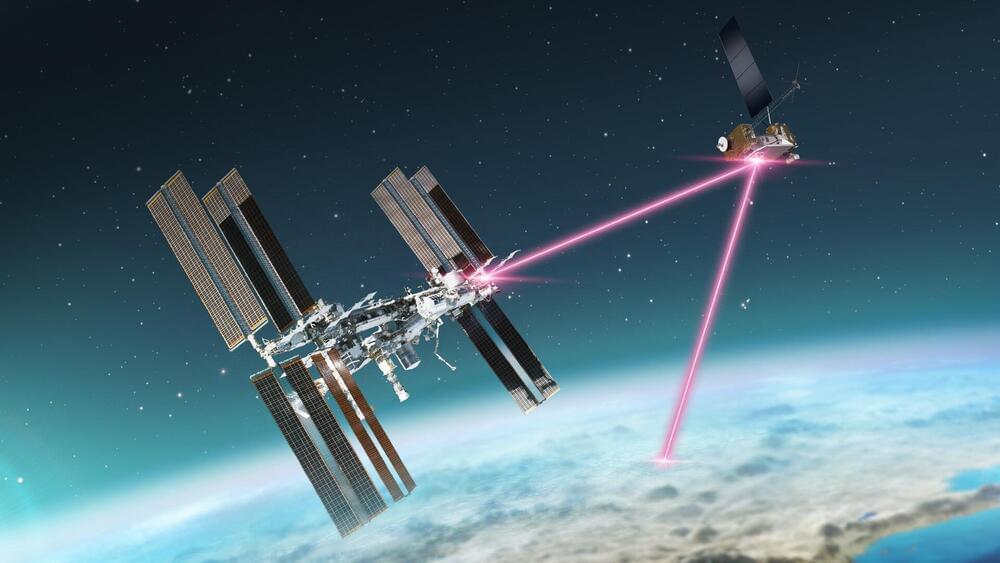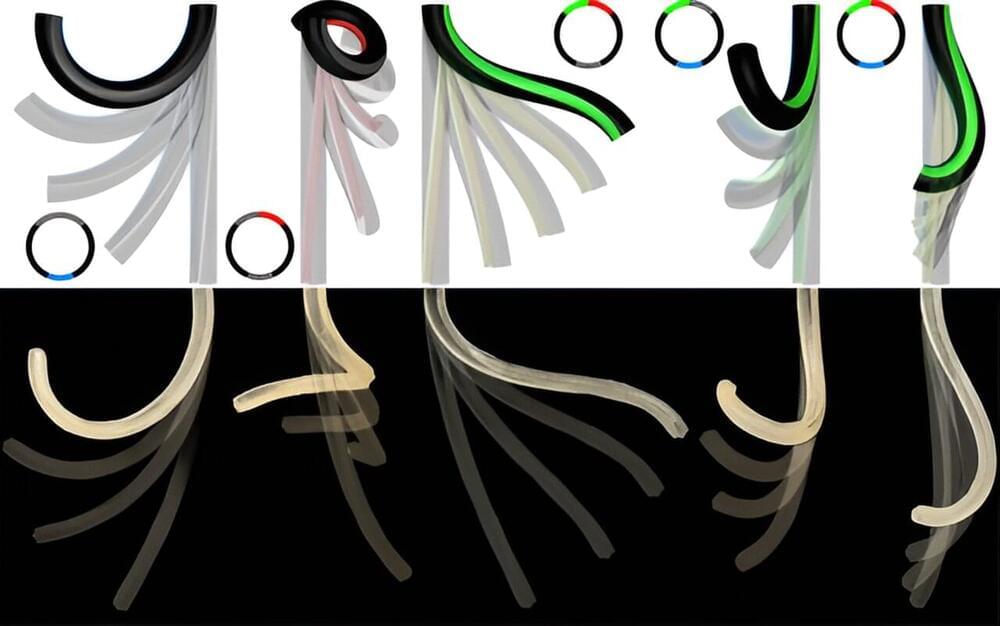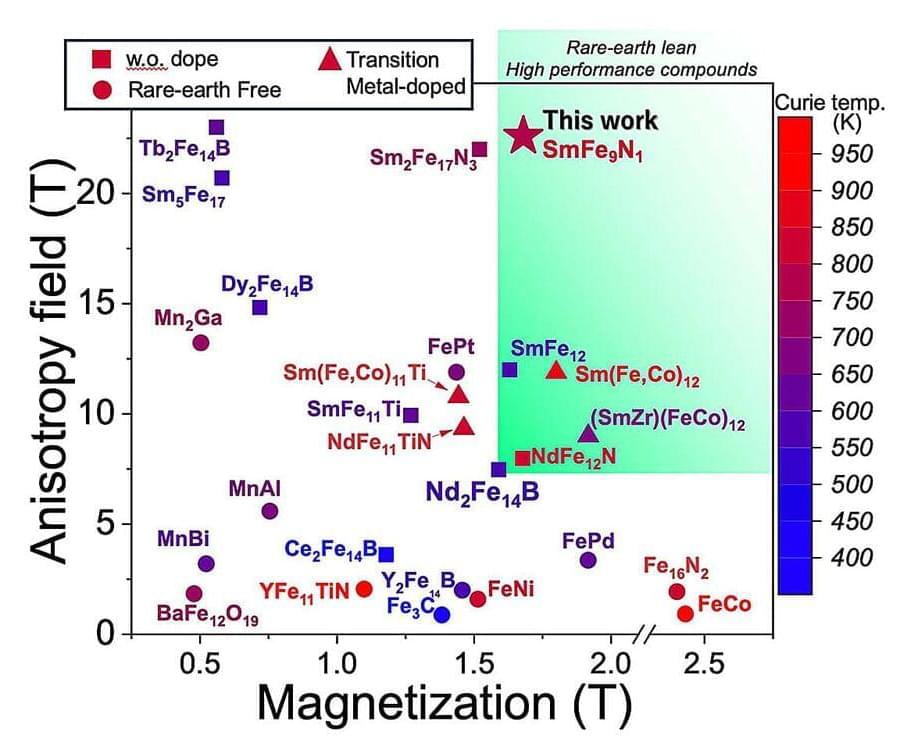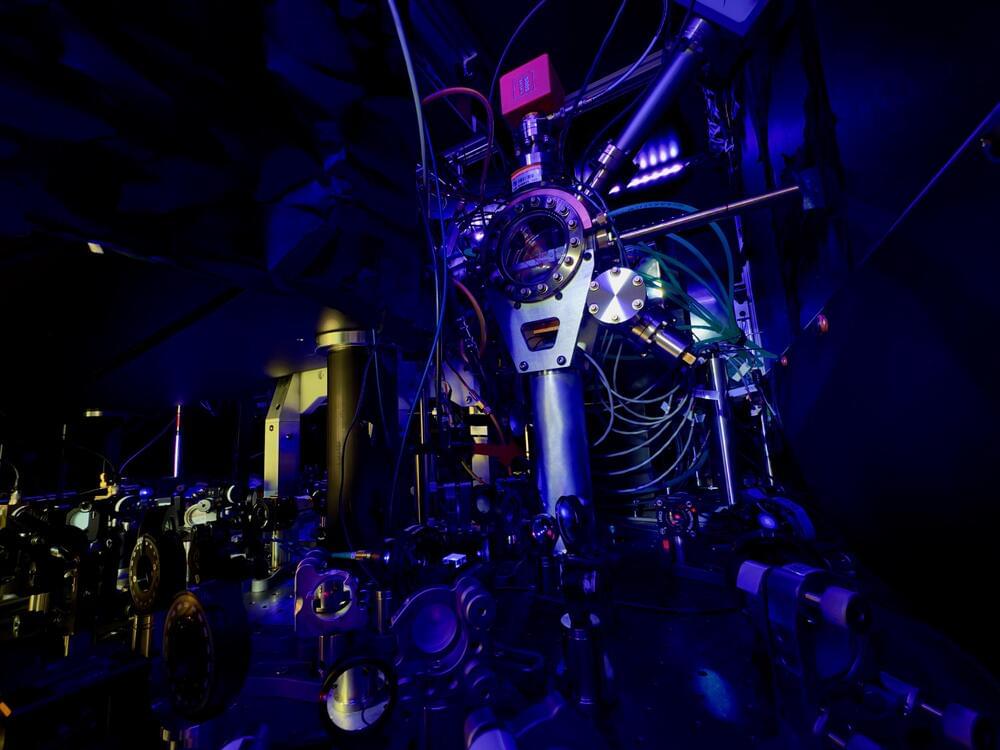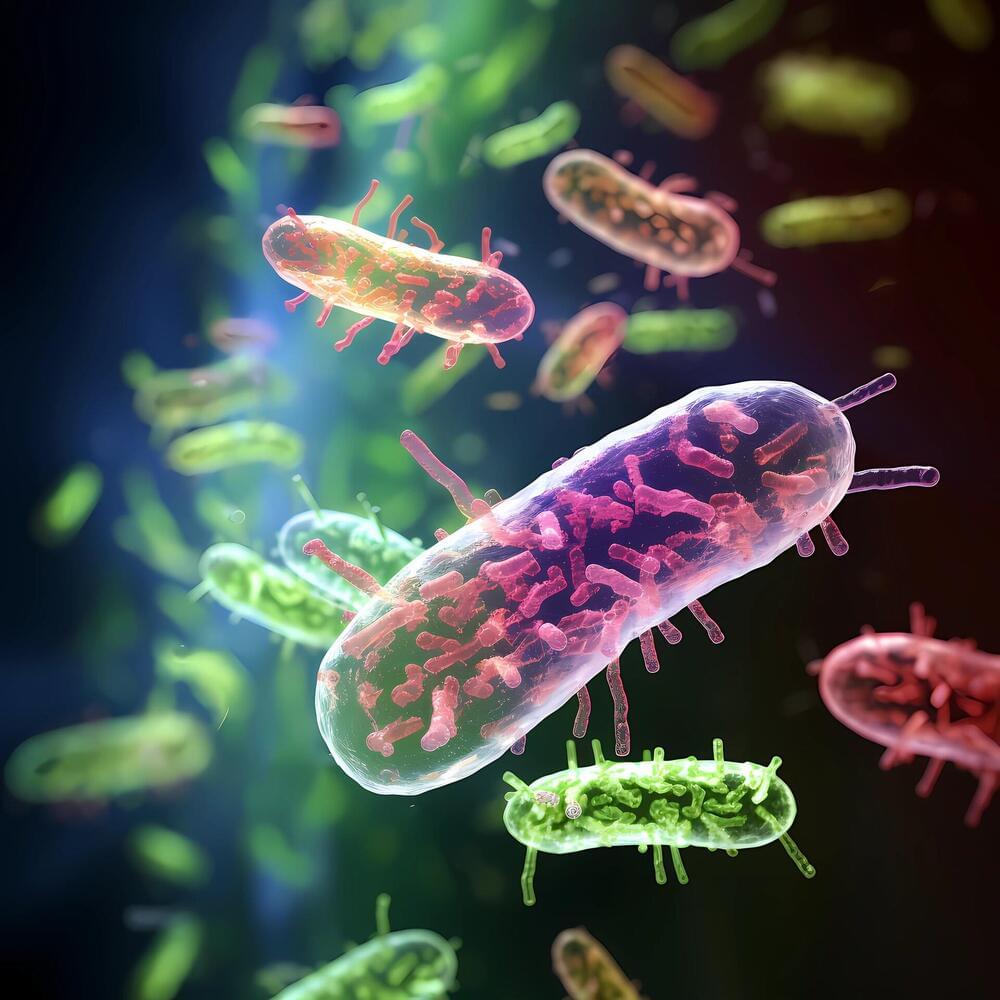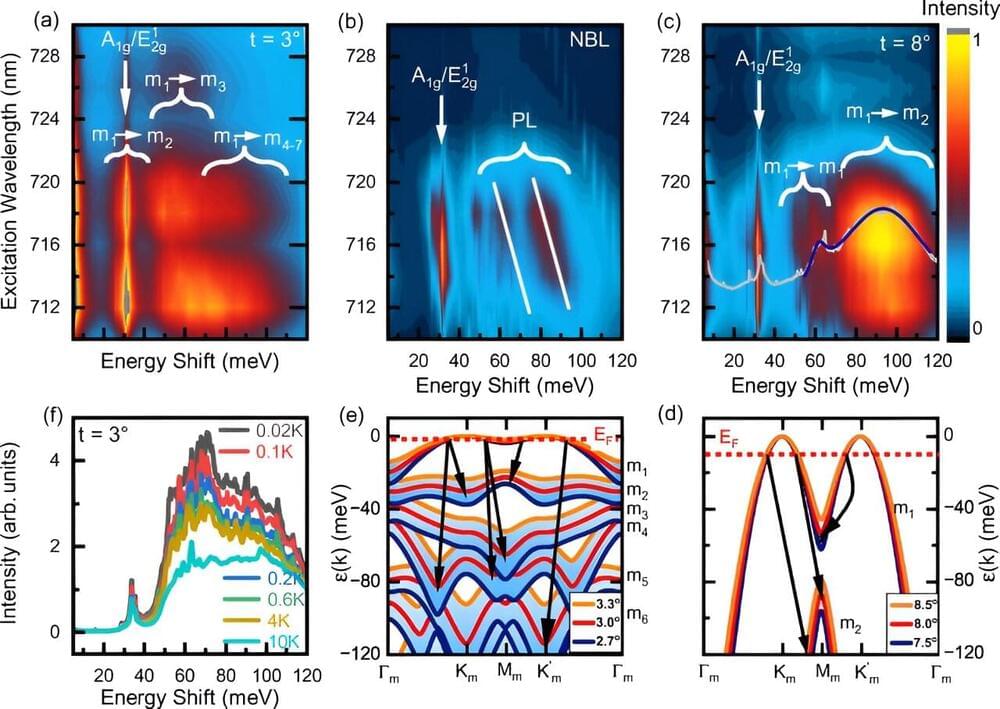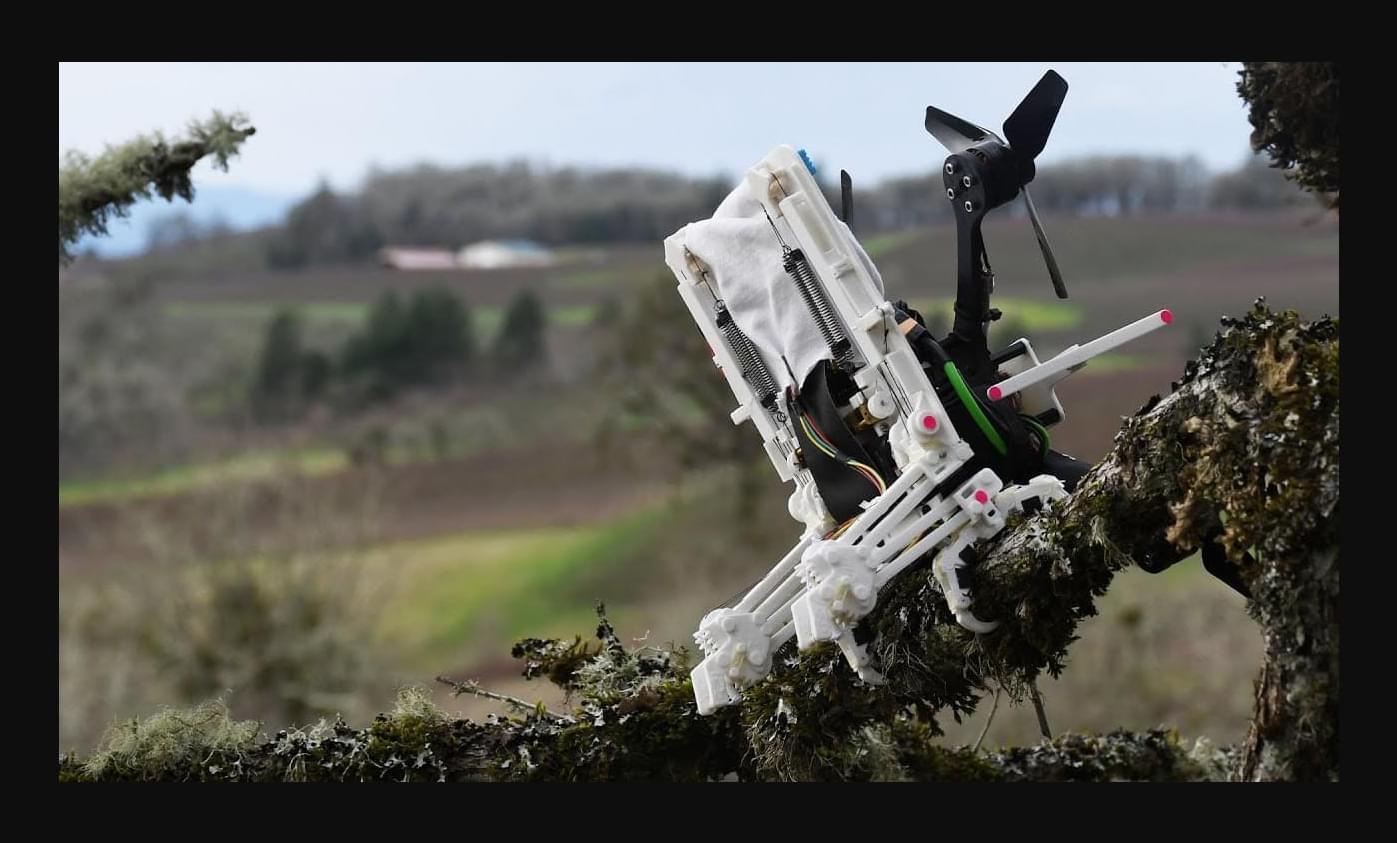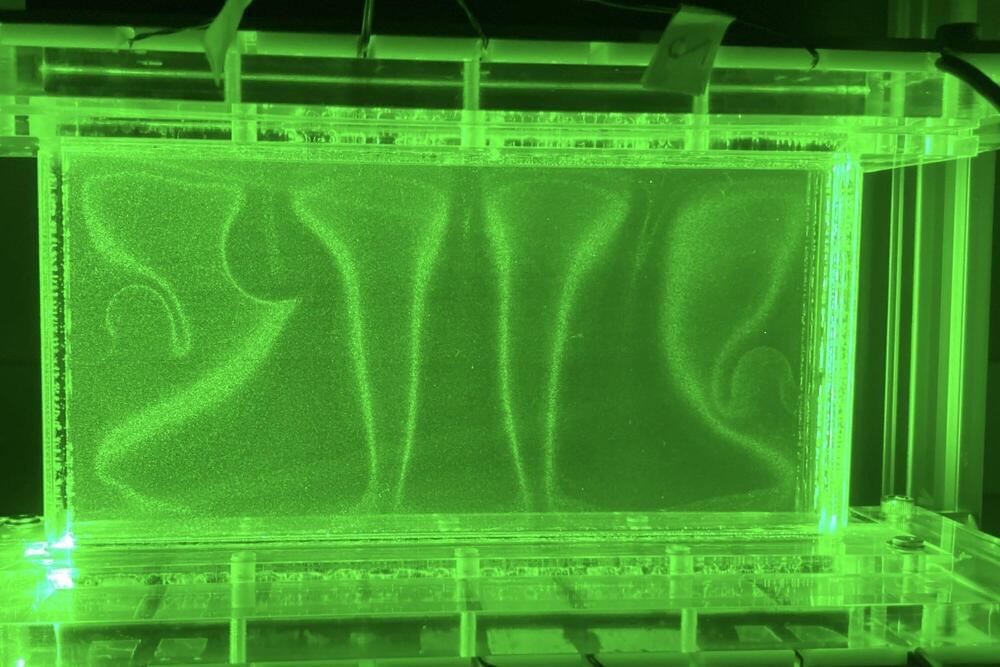A team at NASA’s Glenn Research Center in Cleveland has streamed 4K video footage from an aircraft to the International Space Station and back for the first time using optical (laser) communications. The feat was part of a series of tests on new technology that could provide live video coverage of astronauts on the moon during the Artemis missions.
Such decoupling of dark and normal matter has been seen before, most famously in the Bullet Cluster. In that collision, the hot gas can be seen clearly lagging behind the dark matter after the two galaxy clusters shot through each other. The situation that took place in MACS J0018.5+1626 (referred to subsequently as MACS J0018.5) is similar, but the orientation of the merger is rotated, roughly 90 degrees relative to that of the Bullet Cluster.
In other words, one of the massive clusters in MACS J0018.5 is flying nearly straight toward Earth while the other one is rushing away. That orientation gave researchers a unique vantagepoint from which to, for the first time, map out the velocity of both the dark matter and normal matter and elucidate how they decouple from each other during a galaxy cluster collision.
“With the Bullet Cluster, it’s like we are sitting in a grandstand watching a car race and are able to capture beautiful snapshots of the cars moving from left to right on the straightaway,” says Sayers. “In our case, it’s more like we are on the straightaway with a radar gun, standing in front of a car as it comes at us and are able to obtain its speed.”
Fans of perovskite solar cell technology have been promising the moon, and stakeholders are increasingly confident that it will deliver. Among them is Toyota, which has just tapped its Woven Capital branch to put down a 5.5 billion yen stake in the perovskite solar startup EneCoat Technologies. If you’re thinking the solar-powered electric car of the future is coming, that’s a good guess, because EneCoat lists mobility applications among its areas of focus.
New Solar Cells For The Solar Car Of The Future
The idea of pasting solar cells on an electric vehicle seems reasonable enough. The surface area is relatively small, but a typical car can spend many hours outside, baking in the sun. The advantage would be less reliance on EV charging stations, and more use of free energy from the sun.
The trunk of an elephant is among the versatile appendages in the animal kingdom. Now a research team has shown that most of its dexterity can be reproduced with a model using just three “muscles.” And they built a physical model to do just that. The findings are published in the journal Physical Review Letters.
The National Institute for Materials Science has successfully synthesized a new SmFe-based magnetic compound, SmFe8.8N1.1, which possesses superior intrinsic magnetic properties when compared to those of NdFeB compound used in neodymium magnets. The study is published in the journal Acta Materialia.
Researchers at the Ye Lab at JILA (the National Institute of Standards and Technology and the University of Colorado Boulder) and University of Delaware recently created a highly precise optical lattice clock based on trapped strontium atoms. Their clock, presented in a Physical Review Letters paper, exhibits a total systematic uncertainty of 8.1 × 10–19, which is the lowest uncertainty reported to date.
According to a study published in Proceedings of the National Academy of Sciences, a research team led by Professor Xu Ning from the University of Science and Technology of China (USTC) has found that active matter and shear flows share similar thinning behaviors in self-propulsion and shear forces.
If you make a material thinner and thinner, at a certain point it undergoes a seemingly miraculous transformation: A two-dimensional material that consists of only one or two layers of molecules sometimes has completely different properties than the same material when it is thicker.
Wings aren’t the only things that make birds so successful. If it weren’t for their feet, how would pelicans skimming the tips of waves be able to suddenly land on a pier piling, or owls grab a mouse at 64 kilometers per hour without missing a beat? Robot birds must be able to do the same—something that has been a challenge, until now.
In a new study, researchers analyzed the anatomy and behavior of a tiny American parrot called a parrotlet and peregrine falcons, two species known for their expert footwork. They then designed “SNAG” (Stereotyped Nature-Inspired Aerial Grasper) — a pair of jointed legs attached to feet with jointed talons that automatically close around any object they encounter, be it a dowel, branch, or tennis ball.
A search for “air fryer recipe” on most social media platforms likely returns a flood of food videos touting quick and easy meal ideas. The market touts these devices as a convenient, clean, quick way to heat and crispen food, that offers a typically healthier option to using conventional deep fryers.
